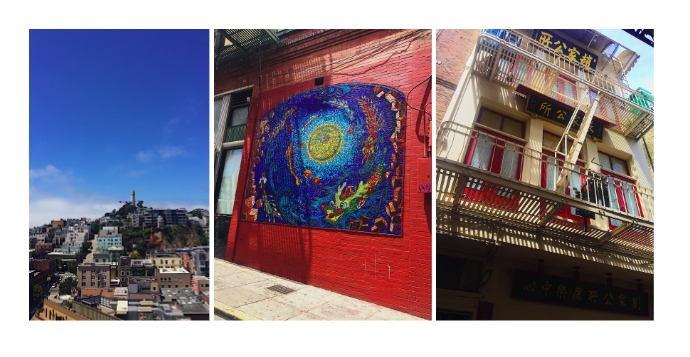These past two weeks, I have explored Chinatown through various angles. From the immigrant’s instant struggle to integrate amongst society, to fighting racism and taking cases through the courts, the experiences the Chinese endured is what can only be described as a glaring red flag in the United State’s already tumultuous history. Through documentaries and the various tours we’ve taken, whether it's the Chinatown Alleyway Tours or simply walking through the Ping Yuen estates, everyone’s message was fairly similar: the time it took to attain even an ounce of equality was no easy battle, and the Chinatown we know today is far different from the one it once was.
|


 RSS Feed
RSS Feed
